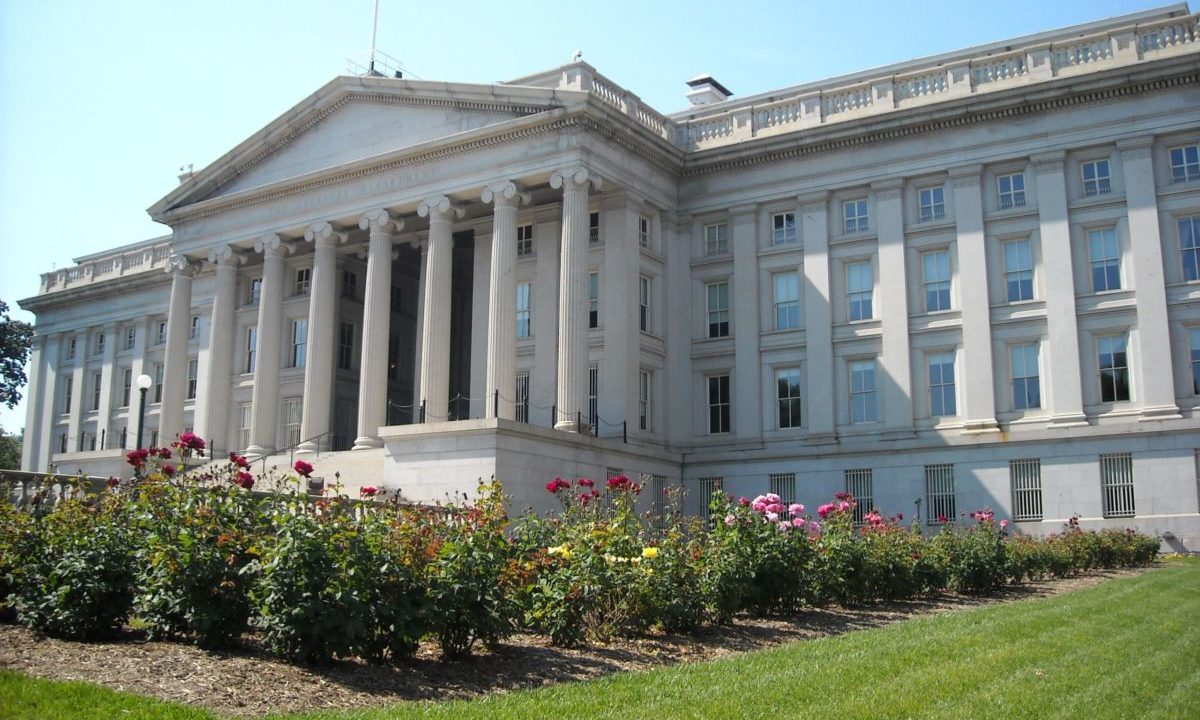International Momentum for Improved Financial Disclosures Demands SEC Action to Protect Investors
Washington, D.C. – The Financial Accountability and Corporate Transparency (FACT) Coalition welcomes today’s release by the Department of the Treasury of the second draft rule – this time, defining directory access protocols – necessary to implement the landmark Corporate Transparency Act (CTA). With covered entities set to start reporting their true, beneficial owners to a federal directory under the CTA starting January 1, 2024, FACT will continue to work to ensure that authorized users are able to access the beneficial ownership directory in a timely, uncomplicated, and complete manner to ensure that the directory is highly useful in detecting and deterring financial crimes.
“In releasing a second rulemaking to implement the Corporate Transparency Act, the Biden administration is delivering on its commitments. The Treasury Department has acknowledged that the U.S. is a prime destination for illicit funds – now, it’s taking the necessary steps to turn the tide,” said Ian Gary, executive director at the FACT Coalition. “While we continue our evaluation of this proposed rule, we continue to believe that uncomplicated access for legitimate actors to complete and verified beneficial ownership information will be essential to the law’s ultimate efficacy.”
The draft second rule provides guidance regarding the circumstances under which federal agencies, various U.S. law enforcement officials, foreign authorities, financial institutions, federal regulators, and other authorized users will be able to access information collated in the federal beneficial ownership directory to be established by Treasury’s Financial Crimes Enforcement Network (FinCEN). In September, Treasury released the law’s first final rule outlining reporting requirements and key definitions for reporting entities, beneficial owners, and other persons covered by the Act.
“For far too long international and domestic criminals, kleptocrats, and human rights abusers have been able to use anonymous shell entities to hide the proceeds of their illicit activities right under the noses of U.S. investigators,” said Gary. “Full and faithful implementation of the Corporate Transparency Act – brought ever closer by today’s release of the second draft rule – will help to bring an end to the era of impunity-through-secrecy for corrupt actors laundering money through the U.S. financial system.”
FinCEN will now accept public comments on the second draft rule through February 14, before issuing a final rule in the coming months. Though there remains more than a year before the CTA’s reporting requirements are set to come into effect, a timely release of the final rule remains essential to allow for a smooth transition to the new reporting regime.
“The passage of the Corporate Transparency Act represents one of the biggest anti-money laundering victories in decades,” said Erica Hanichak, government affairs director for FACT. “It’s important that Treasury gets this right. The law requires that the information in the directory be highly useful to law enforcement. The best way to do that is to ensure that law enforcement and their partners among intelligence officials, regulators, financial institutions, foreign allies, and other key constituencies have timely and complete access to the directory. Only then are they empowered to do their part to detect, flag, and prevent financial crimes.”
Still left unaddressed by this rulemaking are certain questions regarding the various forms of verification that data submitted to the FinCEN directory will undergo in connection with collection, storage, and use to better ensure data quality, minimize human error, and prevent fraud. Further, best data practices require clarification regarding data collection, storage, and information distribution.
“It is imperative that FinCEN develops the federal beneficial ownership secure system – known as the BOSS directory – to make use of real-time automated verification of information, rely on machine-readable data, and be designed with interoperability and functionality for authorized users in mind, to ensure that malign actors aren’t able to submit faulty data and simply bet that they won’t get caught,” added Thom Townsend, executive director of the UK-based nonprofit Open Ownership.
Also key to the CTA’s implementation, however, is the question of increased congressional appropriations for the Financial Crimes Enforcement Network.
“Congress is expected to vote on an omnibus bill next week to fund the government. Crucially, Congress must approve a substantial increase to FinCEN’s budget to make sure the bureau has the necessary resources to implement the law, build a modern database that faithfully delivers on the CTA, and help carry out the White House’s ambitious anti-corruption agenda,” said Gary. “Finalizing the implementation of the CTA is far from the only strategic priority on FinCEN’s plate. The agency has also been tasked with issuing important regulations to curb money laundering through real estate and private investment markets, alongside other priorities. Our nation’s financial crime fighters need the resources to build and enforce a comprehensive AML framework that gets dirty money out of U.S. markets – and keeps it out.”
###
Notes to the Editor:
- Click here for the text of the second Notice of Proposed Rulemaking (NPRM) for the Corporate Transparency Act.
- Click here for FinCEN’s fact sheet on the second proposed rule. Public comments on the proposed rule are due February 14, 2022.
- Click here for FACT’s May 2021 comments in regard to CTA access provisions as part of the Advanced Notice of Proposed Rulemaking (ANPRM). (See pp. 116-137 for access-related comments.)
- Click here for a statement by FACT on the release of the first final rule.
- For more information on the need for FinCEN to implement data best practices in designing BOSS and in carrying out information collection, verification, storage, and distribution, see here.

